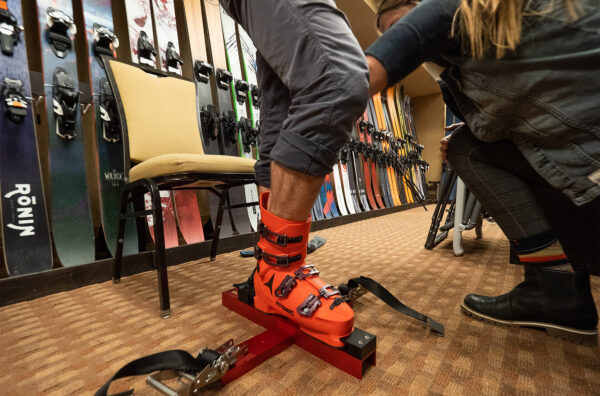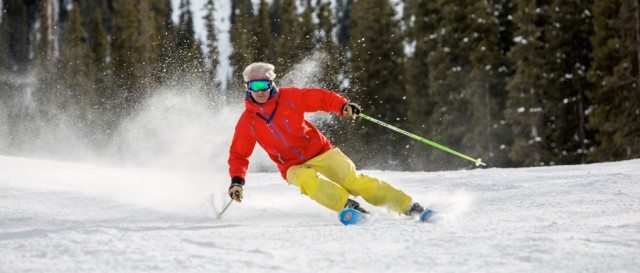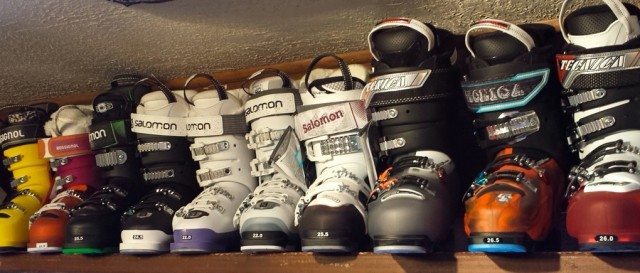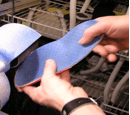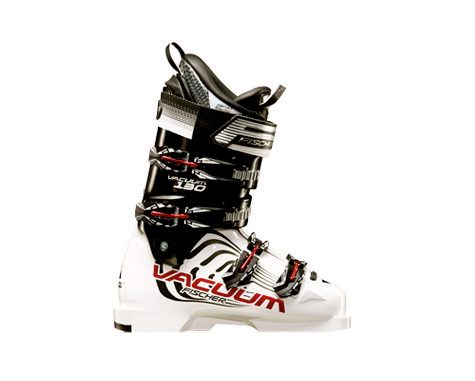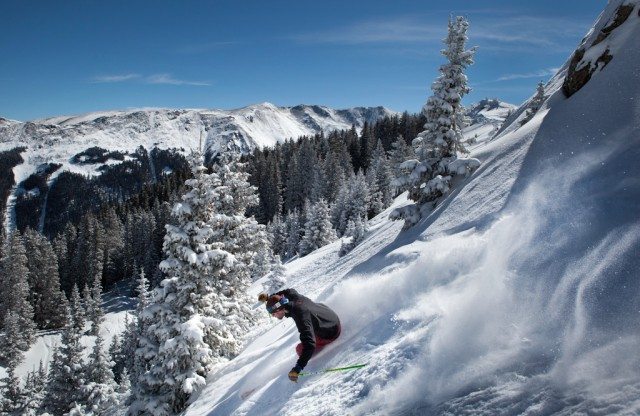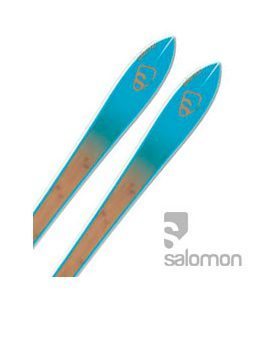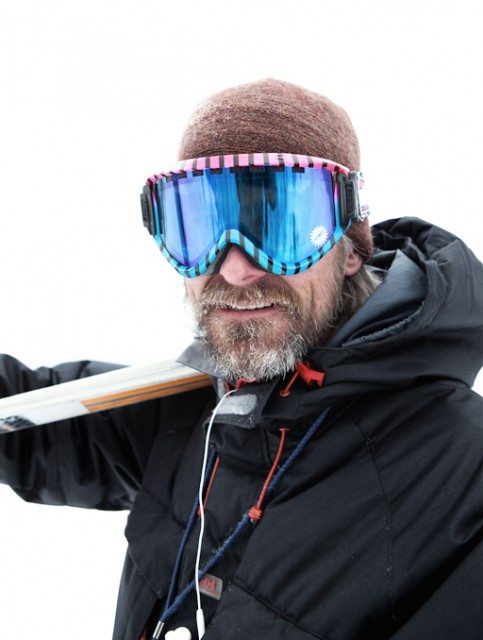 Ski: 2013-2014 Rossignol Experience 98, 188cm
Ski: 2013-2014 Rossignol Experience 98, 188cm
Dimensions (mm): 139-98-128
Turn Radius: 22 meters
Actual Tip-to-Tail Length (straight tape pull): 186cm
Boots / Bindings: Lange RX 130 / Look demo bindings (DIN at 10)
Mount Location: 2cm back from manufacturer’s mark
Test Location: Taos Ski Valley
Days Skied: 4
[Editor’s Note: Our review was conducted on the 11/12 Experience 98, which is unchanged for 12/13 & 13/14, except for the graphics.]
I first got on this ski at the SIA on snow demo at Taos Ski Valley, and it was one of the more impressive skis I tried during those three days. The Rossignol Experience 98 comes from a racing pedigree with an all mountain target audience. It has a wood core, metal sandwich construction, a side cut that extends all the way through the tip, and what Rossi is calling their “all mountain rocker.” Rossignol describes the Experience 98 this way:
“With the heart of a high-performance carving machine and a freeride touch and feel, it is one of the strongest do-it-all skis on the market. Traditional camber underfoot delivers power, energy and edge grip with rockered tip and tail that dramatically improves the turn initiation and flotation in any condition.”
Nice description, except for the fact that the Experience 98 has ZERO tail rocker, which is something that potential buyers ought to know before pulling the trigger. (See the photograph below.) However, while “rocker” is all the rage – so much so that many manufacturers are slapping some form of reverse camber on just about everything they make – the absence of tail rocker on this ski is a good thing, given that it is intended to be an exceptional carver.
My first impressions of the Experience 98 were good. The ski turned easily on groomers – quick edge-to-edge and silky smooth. That impression soon disappeared, however, when I took it into more difficult terrain. The ski became hooky and unpredictable, and was unstable at speed. I took the skis back to the Rossignol rep, Tyler, and told him what I thought. Tyler said, “come back and try it again tomorrow and I’ll set the binding back a little bit.” I did just that, and sure enough the ski performed much better: everything became smooth and stable, and speed and bumps were no longer an issue.

